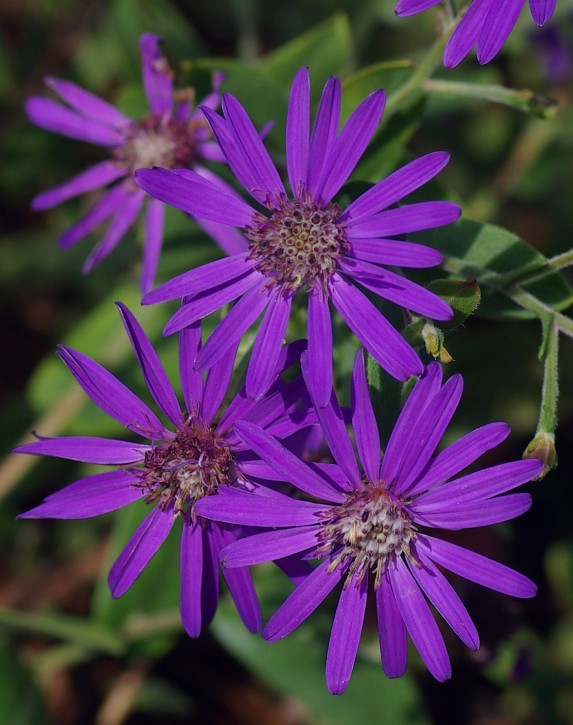Creating an exquisite landscape design in Atlanta involves thoughtful planning and adherence to certain principles that cater to the local climate and environmental conditions.
If you don’t use Atlanta professional landscaping services, you may end up with a sub-par outcome.
By incorporating a variety of elements and avoiding common pitfalls, you can craft an outdoor space that not only enhances the aesthetic appeal of your property but also thrives in the unique conditions of Atlanta. This holds true for master planned hardscaping, planting and even family friendly designs such as a playground installation in Atlanta . Here’s an in-depth exploration of the dos and don’ts of landscape design in this vibrant city.

A thoughtfully planned landscape based on local conditions
To Do | Landscape Design in Atlanta – Incorporating Native & Drought Tolerant Plants
Native Plants: Atlanta’s diverse ecosystem benefits from using native plants in landscape design. Native species are well-adapted to the local climate, requiring less water and maintenance. Incorporating plants like Georgia aster, Southern magnolia, or flowering dogwood ensures a harmonious relationship between your garden and the surrounding environment.
Drought Tolerant Plants: Given Atlanta’s occasional dry spells, selecting drought-tolerant plants is a smart choice. Species like lavender, yarrow, and sedum are not only resilient in the face of water scarcity but also contribute to a sustainable and water-efficient landscape.
One of the most tangible benefits of professional landscaping is its impact on property value. In Atlanta, where real estate investments are significant, working with top local landscaping companies can significantly increase the market value of a property. For homeowners, a successful backyard renovation in Atlanta this means higher resale value and a potentially quicker sale. For commercial property owners, it translates into attracting higher-quality tenants and potentially commanding higher rental rates.

To Do | Keeping Atlanta Soil Conditions & Drainage in Mind for your Landscape Design
Soil Testing: Before embarking on your landscaping project, conduct a thorough soil test. Understanding the composition of your soil allows you to make informed decisions about plant selection, fertilizer use, and soil amendments. This proactive approach ensures that your plants receive the nutrients they need for optimal growth.
Proper Drainage: Atlanta experiences heavy rainfall at times, making proper drainage a crucial consideration. Incorporate features like rain gardens, permeable pavers, or swales to prevent waterlogging and protect your plants from the adverse effects of excess moisture.
Mulching: Enhance the health and aesthetics of your landscape by applying mulch around plants. Mulch helps retain soil moisture, suppress weeds, regulate soil temperature, and contribute to overall soil health. Choose organic mulches like pine straw or hardwood chips for an eco-friendly touch.

To Do | Landscape Design – Atlanta Seasonality & Energy Efficiency
Seasonal Interest: Plan your landscape for year-round interest by selecting plants that offer visual appeal in different seasons. Spring-blooming azaleas, summer-flowering crepe myrtles, and the vibrant foliage of deciduous trees in the fall ensure that your outdoor space remains captivating throughout the year. The right selection of plantings can soften up hardscaping so when you’re exploring your atlanta fire pit installation , have your designer think through softscaping options that would blend well.
Energy-Efficient Landscaping: Utilize professional Atlanta landscape designers Leverage your landscape for energy efficiency. Strategically planting trees and shrubs can provide shade, reducing energy costs during hot Atlanta summers. Deciduous trees that shed leaves in winter allow sunlight to penetrate, providing warmth during the colder months.
Don’t | Ignoring Regular Maintenance Along with Water Levels & Placement
Lack of Maintenance: Neglecting regular maintenance is a common pitfall in landscaping. Plan for ongoing care, including pruning, weeding, and fertilizing, to ensure the long-term health and beauty of your outdoor space. Regular maintenance also prevents the accumulation of debris and promotes a tidy appearance. Ask questions and make sure to of designers and installers you may be working with.
Overwatering: Avoid the common mistake of overwatering your plants. Be mindful of the specific water needs of each plant species, and implement irrigation systems that promote efficient water usage. Overwatering can lead to root rot and other issues detrimental to plant health.
Poor Plant Placement: Consider the mature size of plants when planning your landscape to prevent overcrowding. Poor plant placement can lead to competition for resources, unattractive aesthetics, and increased maintenance requirements. Give each plant ample space to grow and thrive.
Don’t | Never Lose Site of the Environmental Impact When Designing Your Landscape in Atlanta
Ignoring Microclimates: Atlanta’s diverse topography can create microclimates within your property. Pay attention to variations in sunlight exposure, wind patterns, and moisture levels. When deciding to pursue backyard design atlanta, tailor your plant selections and design elements to accommodate these microclimates for a cohesive and well-balanced landscape.
Ignoring Wildlife: Atlanta is home to diverse wildlife, from birds to pollinators. Don’t forget to consider their presence when planning your landscape. Incorporate elements like bird feeders, butterfly gardens, or native plants that attract beneficial insects, contributing to a thriving ecosystem.
Please note: Before diving into your landscaping project, familiarize yourself with local regulations and guidelines. Some areas may have restrictions on certain plant species or landscaping practices. Adhering to these regulations around Atlanta outdoor designs and installations will ensure a smooth and compliant design process.

Conclusion
In conclusion, creating a stunning and sustainable landscape in Atlanta involves a thoughtful blend of native plants, water-efficient practices, and adherence to local guidelines. Experienced Atlanta landscaping companies realize the importance of a well executed design.
By following these dos and don’ts, you can cultivate an outdoor space that not only reflects your aesthetic preferences but also contributes positively to the local environment. Take the time to plan & research companies that specialize in Atlanta backyard design. You can the implement, and maintain your landscape for a flourishing and enjoyable outdoor experience in Atlanta.

